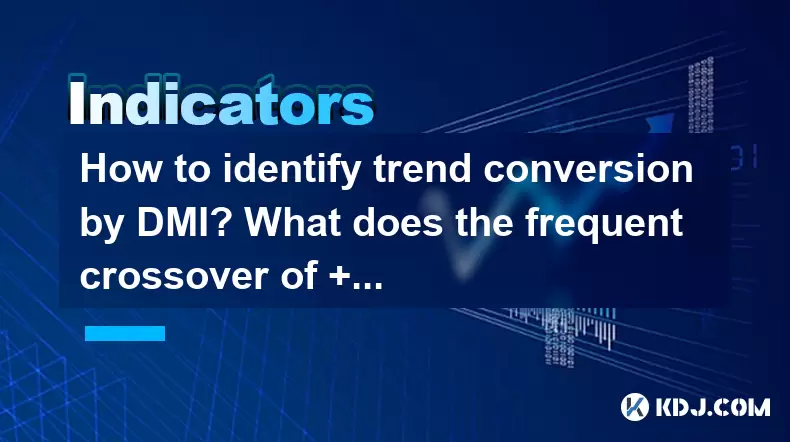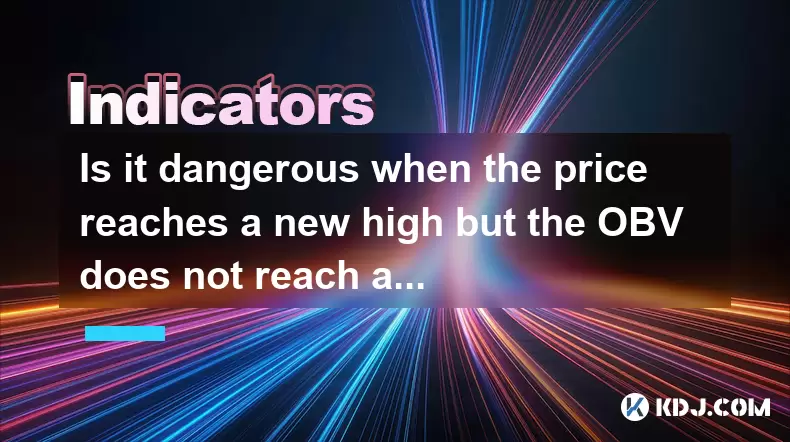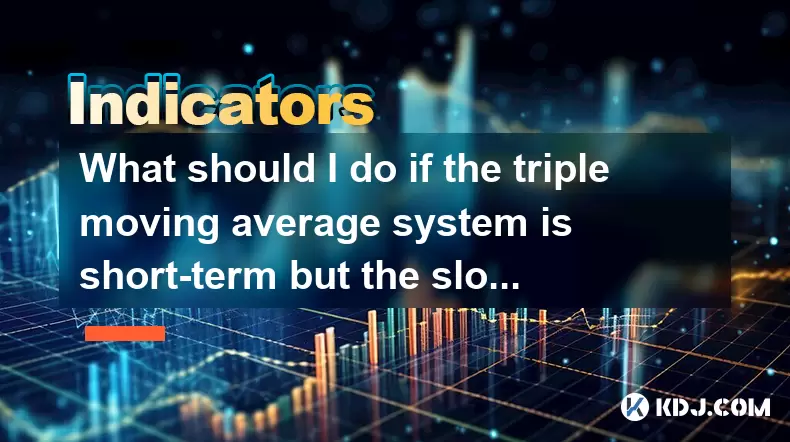-
 Bitcoin
Bitcoin $106,754.6083
1.33% -
 Ethereum
Ethereum $2,625.8249
3.80% -
 Tether USDt
Tether USDt $1.0001
-0.03% -
 XRP
XRP $2.1891
1.67% -
 BNB
BNB $654.5220
0.66% -
 Solana
Solana $156.9428
7.28% -
 USDC
USDC $0.9998
0.00% -
 Dogecoin
Dogecoin $0.1780
1.14% -
 TRON
TRON $0.2706
-0.16% -
 Cardano
Cardano $0.6470
2.77% -
 Hyperliquid
Hyperliquid $44.6467
10.24% -
 Sui
Sui $3.1128
3.86% -
 Bitcoin Cash
Bitcoin Cash $455.7646
3.00% -
 Chainlink
Chainlink $13.6858
4.08% -
 UNUS SED LEO
UNUS SED LEO $9.2682
0.21% -
 Avalanche
Avalanche $19.7433
3.79% -
 Stellar
Stellar $0.2616
1.64% -
 Toncoin
Toncoin $3.0222
2.19% -
 Shiba Inu
Shiba Inu $0.0...01220
1.49% -
 Hedera
Hedera $0.1580
2.75% -
 Litecoin
Litecoin $87.4964
2.29% -
 Polkadot
Polkadot $3.8958
3.05% -
 Ethena USDe
Ethena USDe $1.0000
-0.04% -
 Monero
Monero $317.2263
0.26% -
 Bitget Token
Bitget Token $4.5985
1.68% -
 Dai
Dai $0.9999
0.00% -
 Pepe
Pepe $0.0...01140
2.44% -
 Uniswap
Uniswap $7.6065
5.29% -
 Pi
Pi $0.6042
-2.00% -
 Aave
Aave $289.6343
6.02%
How to identify trend conversion by DMI? What does the frequent crossover of +DI and -DI indicate?
The DMI, developed by J. Welles Wilder, helps identify trend strength and reversals in crypto markets by analyzing +DI, -DI, and ADX interactions.
Jun 15, 2025 at 08:29 pm

The Directional Movement Index (DMI) is a technical analysis indicator developed by J. Welles Wilder, used primarily to determine the strength of a trend and potential trend reversals in the cryptocurrency market. This article will delve into how to identify trend conversions using DMI and what the frequent crossover of +DI and -DI indicates.
Understanding the Components of DMI
The DMI consists of three main components: the Positive Directional Indicator (+DI), the Negative Directional Indicator (-DI), and the Average Directional Index (ADX). Each of these components plays a crucial role in analyzing market trends.
- +DI (Positive Directional Indicator): This line measures the upward price movement over a specified period. It is calculated by comparing the current high with the previous high.
- -DI (Negative Directional Indicator): This line measures the downward price movement over the same period. It is calculated by comparing the current low with the previous low.
- ADX (Average Directional Index): This line measures the strength of the trend, whether it is upward or downward. A rising ADX indicates a strengthening trend, while a falling ADX suggests a weakening trend.
Identifying Trend Conversion Using DMI
Identifying trend conversions using DMI involves analyzing the interactions between +DI, -DI, and ADX. Here’s a step-by-step guide on how to do this:
Monitor the Crossover of +DI and -DI: A key signal of a potential trend conversion is when the +DI crosses above the -DI. This suggests that the bullish momentum is overtaking the bearish momentum, indicating a possible shift from a downtrend to an uptrend. Conversely, when the -DI crosses above the +DI, it signals that bearish momentum is gaining strength, potentially converting an uptrend to a downtrend.
Observe the ADX Line: The ADX line helps confirm the strength of the trend. If the ADX is above 25, it indicates a strong trend. A trend conversion is more likely to be reliable if it occurs when the ADX is above this threshold. If the ADX is below 20, it suggests a weak or non-existent trend, and any crossover of +DI and -DI might be less significant.
Look for Divergence: Divergence between the price action and the DMI can also signal a trend conversion. If the price is making new highs but the +DI is not, or if the price is making new lows but the -DI is not, this can indicate a weakening trend and a potential reversal.
What Does the Frequent Crossover of +DI and -DI Indicate?
The frequent crossover of +DI and -DI can indicate a few different scenarios in the cryptocurrency market:
Sideways Market: If the +DI and -DI lines are crossing frequently, it often suggests that the market is in a sideways or ranging phase. In this scenario, neither the bulls nor the bears have a strong grip on the market, leading to frequent shifts in momentum.
Volatility: Frequent crossovers can also indicate high volatility in the market. Rapid shifts between bullish and bearish momentum can cause the +DI and -DI lines to cross more often, reflecting the unpredictable nature of the market.
False Signals: In some cases, frequent crossovers can lead to false signals. Traders need to be cautious and use additional indicators or confirmation methods to validate the signals provided by the DMI.
Practical Application of DMI in Cryptocurrency Trading
To apply DMI effectively in cryptocurrency trading, follow these steps:
Set Up Your Chart: Open your trading platform and select the cryptocurrency pair you want to analyze. Add the DMI indicator to your chart. Most platforms will allow you to customize the settings, such as the period for the calculation.
Analyze the Crossovers: Look for instances where the +DI crosses above the -DI, indicating potential bullish momentum, or where the -DI crosses above the +DI, indicating potential bearish momentum. Mark these crossovers on your chart.
Check the ADX: Evaluate the ADX line to determine the strength of the trend. If the ADX is above 25, the trend is strong, and the crossovers are more significant. If the ADX is below 20, the trend is weak, and you might want to wait for a stronger signal.
Confirm with Other Indicators: Use other technical indicators, such as moving averages or the Relative Strength Index (RSI), to confirm the signals provided by the DMI. This can help reduce the risk of false signals.
Execute Trades: Based on your analysis, decide whether to enter a long position (buy) when the +DI crosses above the -DI and the ADX is strong, or a short position (sell) when the -DI crosses above the +DI and the ADX is strong.
Common Pitfalls and How to Avoid Them
When using the DMI to identify trend conversions and interpret frequent crossovers, traders should be aware of several common pitfalls:
Over-Reliance on DMI: While the DMI is a powerful tool, relying solely on it can lead to missed opportunities or false signals. Always use it in conjunction with other indicators and market analysis techniques.
Ignoring Market Context: The DMI should not be used in isolation. Consider the broader market context, including news events and overall market sentiment, to validate your trading decisions.
Misinterpreting Volatility: Frequent crossovers can be a sign of volatility, not necessarily a trend conversion. Be cautious and use additional tools to confirm the trend before making trading decisions.
FAQs
1. Can DMI be used for all timeframes in cryptocurrency trading?
Yes, the DMI can be used across various timeframes, from short-term intraday charts to longer-term weekly or monthly charts. However, the effectiveness of the DMI can vary depending on the timeframe and the volatility of the specific cryptocurrency pair.
2. How often should I check the DMI for trend conversions?
The frequency of checking the DMI depends on your trading style. For day traders, checking the DMI multiple times throughout the day might be necessary. For swing traders or long-term investors, checking the DMI daily or weekly might be sufficient.
3. Are there any specific cryptocurrencies where DMI works better?
The DMI can be applied to any cryptocurrency, but it tends to work better with more liquid and widely traded cryptocurrencies like Bitcoin and Ethereum. These assets typically have more reliable trend data due to higher trading volumes.
4. What other indicators complement the DMI in trend analysis?
Several indicators can complement the DMI in trend analysis. Moving averages, such as the Simple Moving Average (SMA) or the Exponential Moving Average (EMA), can help confirm trend directions. The Relative Strength Index (RSI) can provide insights into overbought or oversold conditions, while the Moving Average Convergence Divergence (MACD) can offer additional trend and momentum signals.
Disclaimer:info@kdj.com
The information provided is not trading advice. kdj.com does not assume any responsibility for any investments made based on the information provided in this article. Cryptocurrencies are highly volatile and it is highly recommended that you invest with caution after thorough research!
If you believe that the content used on this website infringes your copyright, please contact us immediately (info@kdj.com) and we will delete it promptly.
- 2025-W Uncirculated American Gold Eagle and Dr. Vera Rubin Quarter Mark New Products
- 2025-06-13 06:25:13
- Ruvi AI (RVU) Leverages Blockchain and Artificial Intelligence to Disrupt Marketing, Entertainment, and Finance
- 2025-06-13 07:05:12
- H100 Group AB Raises 101 Million SEK (Approximately $10.6 Million) to Bolster Bitcoin Reserves
- 2025-06-13 06:25:13
- Galaxy Digital CEO Mike Novogratz Says Bitcoin Will Replace Gold and Go to $1,000,000
- 2025-06-13 06:45:13
- Trust Wallet Token (TWT) Price Drops 5.7% as RWA Integration Plans Ignite Excitement
- 2025-06-13 06:45:13
- Ethereum (ETH) Is in the Second Phase of a Three-Stage Market Cycle
- 2025-06-13 07:25:13
Related knowledge

How to interpret the low opening the next day after the long lower shadow hits the bottom?
Jun 18,2025 at 12:22am
Understanding the Long Lower Shadow Candlestick PatternIn technical analysis, a long lower shadow candlestick is often seen as a potential reversal signal in a downtrend. This pattern occurs when the price opens, trades significantly lower during the session, but then recovers to close near the opening price or slightly above. The long wick at the botto...

How to operate the RSI indicator repeatedly in the 40-60 range?
Jun 18,2025 at 12:56am
Understanding the RSI Indicator and Its RelevanceThe Relative Strength Index (RSI) is a momentum oscillator widely used in cryptocurrency trading to measure the speed and change of price movements. Typically, the RSI ranges from 0 to 100, with levels above 70 considered overbought and below 30 considered oversold. However, when the RSI repeatedly stays ...

Why is the volume ratio suddenly enlarged three times but the price fluctuation is small?
Jun 18,2025 at 04:42am
Understanding the Relationship Between Trading Volume and Price MovementIn the world of cryptocurrency trading, volume is a crucial metric that reflects the number of assets traded within a specific time frame. It often serves as an indicator of market interest and liquidity. However, there are instances where trading volume surges dramatically—sometime...

How strong is the MACD golden cross below the zero axis?
Jun 17,2025 at 11:00pm
Understanding the MACD Indicator in Cryptocurrency TradingThe Moving Average Convergence Divergence (MACD) is one of the most widely used technical indicators among cryptocurrency traders. It helps identify potential trend reversals, momentum shifts, and entry or exit points. The MACD consists of three main components: the MACD line, the signal line, an...

Is it dangerous when the price reaches a new high but the OBV does not reach a new high?
Jun 18,2025 at 06:14am
Understanding On-Balance Volume (OBV) in Cryptocurrency TradingIn the world of cryptocurrency trading, technical indicators play a crucial role in analyzing market behavior and predicting future price movements. One such widely used indicator is the On-Balance Volume (OBV), which helps traders assess the strength of buying or selling pressure behind pri...

What should I do if the triple moving average system is short-term but the slope slows down?
Jun 18,2025 at 04:35am
Understanding the Triple Moving Average SystemThe triple moving average system is a popular technical analysis tool used in cryptocurrency trading. It involves using three different moving averages—typically the short-term (e.g., 10-period), medium-term (e.g., 20-period), and long-term (e.g., 50-period) moving averages. When the short-term average cross...

How to interpret the low opening the next day after the long lower shadow hits the bottom?
Jun 18,2025 at 12:22am
Understanding the Long Lower Shadow Candlestick PatternIn technical analysis, a long lower shadow candlestick is often seen as a potential reversal signal in a downtrend. This pattern occurs when the price opens, trades significantly lower during the session, but then recovers to close near the opening price or slightly above. The long wick at the botto...

How to operate the RSI indicator repeatedly in the 40-60 range?
Jun 18,2025 at 12:56am
Understanding the RSI Indicator and Its RelevanceThe Relative Strength Index (RSI) is a momentum oscillator widely used in cryptocurrency trading to measure the speed and change of price movements. Typically, the RSI ranges from 0 to 100, with levels above 70 considered overbought and below 30 considered oversold. However, when the RSI repeatedly stays ...

Why is the volume ratio suddenly enlarged three times but the price fluctuation is small?
Jun 18,2025 at 04:42am
Understanding the Relationship Between Trading Volume and Price MovementIn the world of cryptocurrency trading, volume is a crucial metric that reflects the number of assets traded within a specific time frame. It often serves as an indicator of market interest and liquidity. However, there are instances where trading volume surges dramatically—sometime...

How strong is the MACD golden cross below the zero axis?
Jun 17,2025 at 11:00pm
Understanding the MACD Indicator in Cryptocurrency TradingThe Moving Average Convergence Divergence (MACD) is one of the most widely used technical indicators among cryptocurrency traders. It helps identify potential trend reversals, momentum shifts, and entry or exit points. The MACD consists of three main components: the MACD line, the signal line, an...

Is it dangerous when the price reaches a new high but the OBV does not reach a new high?
Jun 18,2025 at 06:14am
Understanding On-Balance Volume (OBV) in Cryptocurrency TradingIn the world of cryptocurrency trading, technical indicators play a crucial role in analyzing market behavior and predicting future price movements. One such widely used indicator is the On-Balance Volume (OBV), which helps traders assess the strength of buying or selling pressure behind pri...

What should I do if the triple moving average system is short-term but the slope slows down?
Jun 18,2025 at 04:35am
Understanding the Triple Moving Average SystemThe triple moving average system is a popular technical analysis tool used in cryptocurrency trading. It involves using three different moving averages—typically the short-term (e.g., 10-period), medium-term (e.g., 20-period), and long-term (e.g., 50-period) moving averages. When the short-term average cross...
See all articles

























































































